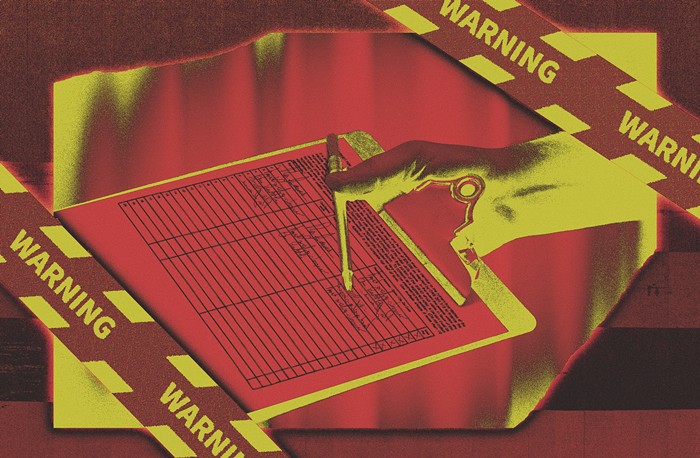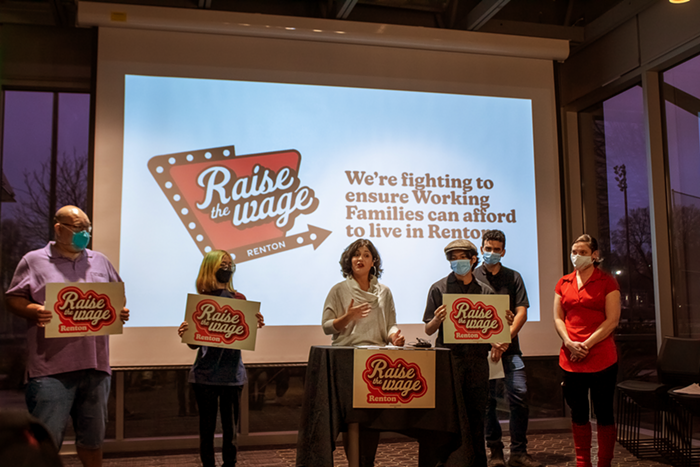
A new report from the City Auditor paints a grim view of 77 bridges around Seattle and the city’s municipal infrastructure—or at least, what’s left of it. Coming on the heels of the West Seattle Bridge closure and the surprise crumbling of Pier 58 (which isn’t related to bridges, but still somehow feels like a symptom of the same problem), the report suggests that dozens of structures around the city are in a “concerning” condition, and that staffing and funding issues have resulted in a marked deterioration in their condition over the last decade.
Does this mean that we’re about to see a bunch of bridges collapse in the immediate future? No, probably not. But Seattle’s bridges are currently in alarming condition, and they’re getting worse. The West Seattle Bridge was rated as being in “fair” condition before the cracks were discovered, and it’s not alone: 65% of Seattle bridges are “fair,” and even more alarmingly, 6% are “poor.” And as we saw a few years ago when a bridge collapsed in Skagit, older structures are vulnerable and can fail at any moment.
So which structures should we be worried about most? The ones in the worse shape are the 2nd Ave Extension S (which runs over train tracks near the King Street Station), Fairview Ave N (which goes over the east side of Lake Union), the Magnolia Bridge (a large complicated structure over Port of Seattle property), and two separate components of the University Bridge. Most of those structures are close to 100 years old—beyond the average lifespan for a bridge—and each carries tens of thousands of vehicles every day.
What’s worse, the report found, is that the bridges currently rated “fair” or “poor” are not being maintained at a level that will keep them in working condition. The lack of maintenance, according to SDOT, means that they’re going to fall into worse condition even faster than they should. Currently the city is spending $6.6 million per year on bridge maintenance, but SDOT estimates they need $34 million a year to keep them in good shape.
And incredibly, SDOT doesn’t even know exactly which components of which bridges need the most attention. To know which structures are most in need of repair, the department needs a detailed assessment of each bridge's components. They don’t currently have anything like that.
Staffing issues are to blame, at least in part; the report estimates that 20 percent of bridge maintenance staff are pulled off of bridge work and assigned to other city departments' tasks. Why is that? Because SDOT doesn’t have enough money to pay for the staff themselves, so they have to reassign their workers so that other city departments will reimburse them.
Ultimately, like so many issues in this city, this mostly comes down to money. There's not enough of it to fund preventative maintenance, so infrastructure gets overtaxed, under-monitored, and then breaks down and causes more expensive problems than just paying for upkeep.
Too bad there aren’t any multi-billion-dollar corporations doing business in Seattle that could be modestly taxed to keep our bridges from falling over. Oh well, make sure you wear a flotation device.



















